Do you ever get confused in your daily work or feel overwhelmed by the number of tasks?
The amount of information processed in a relatively short period of time in the IT sector is so large that even the most efficient biological computers can quickly overheat and fall into a state of paralysis or even depression. According to many studies, for example by Haystack Analytics, almost 83% of programmers suffer from burnout. According to 47% of respondents, it is caused by being overwhelmed by too many responsibilities. So, what can you do to prevent such a situation? How can you not only streamline your daily work and save the most precious asset – time, but also reduce the risk of falling into a state of work burnout?
What is Mind Mapping?
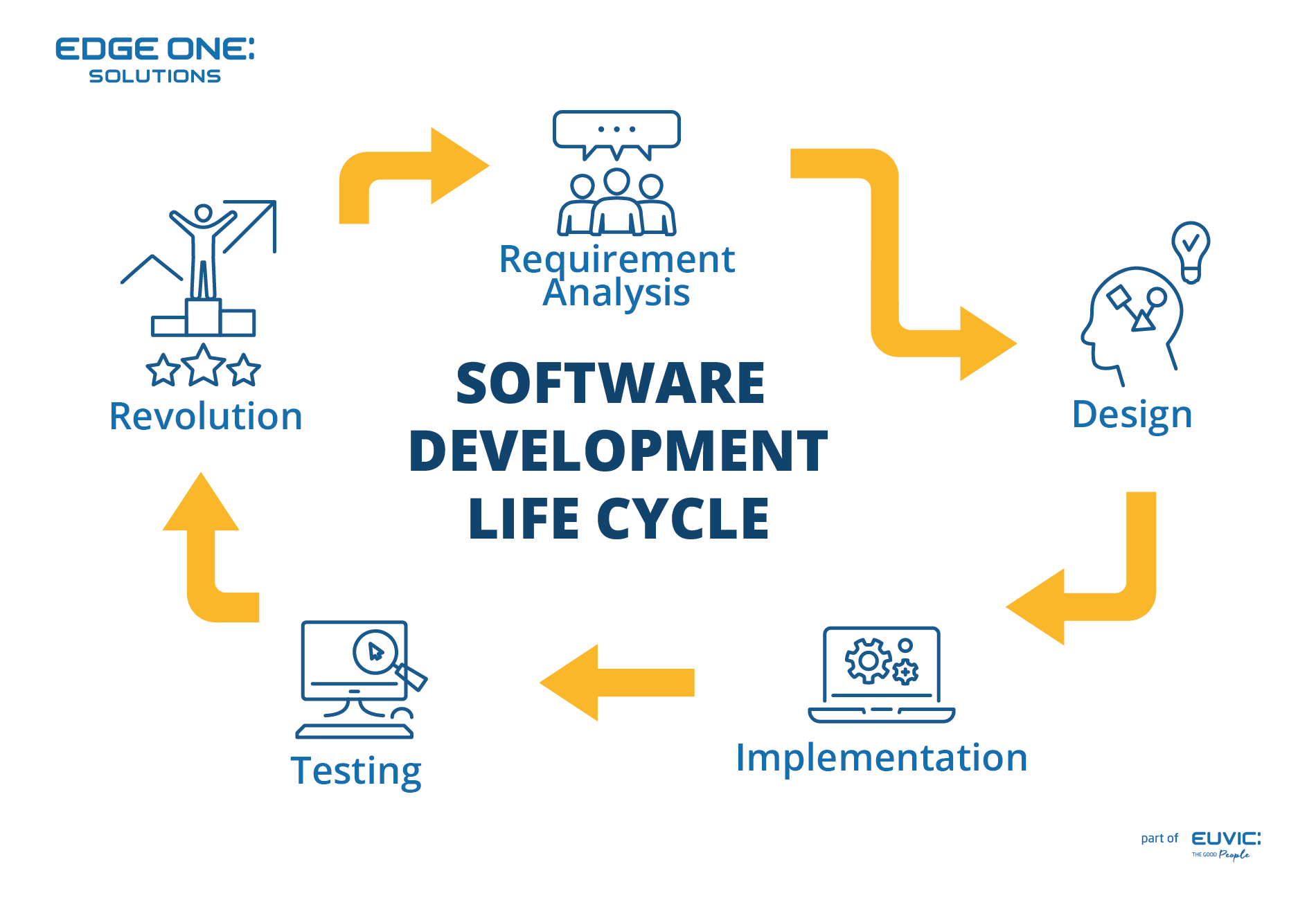
Although this methodology is not directly linked with the IT sector, it is rather a psychological way of coping with a large number of responsibilities or managing your time resources, nevertheless, it has numerous applications in the technology industry.
Mind Mapping involves scheduling all the tasks that need to be completed in a certain timeframe, project scope, or simply as part of your daily routine (for example, eating your breakfast).
It’s a bit like with cliché sayings – we all know them, and this kind of advice often sounds like the famous Kazimierz Górski quote „ A match can be won, lost or tied”. It’s nothing groundbreaking, but even though it’s something obvious, more than 75% of people working in the technology industry (not only developers) never try it. They usually think that it would be a waste of their time or they choose to improvise and eventually face challenges concurrently.
So how can you use Mind mapping in your day-to-day work, reducing stress and optimizing time to complete the required tasks?
First of all, make a plan!
Mind Map is a visual thinking tool that represents externally what is going on in your mind. There’s a reason why all kinds of manuals (like the ones from Ikea) are primarily made up of pictures. The human brain responds to visuals much more attentively and absorbs information contained in diagrams up to 300% more efficiently than when getting it from even the best written task lists.
Mind maps help you give structure to random thoughts while allowing creative freedom. Programmers, when writing or debugging code, may come up with some random ideas in their heads, which then can evolve into a coherent and logical sequence of actions. The issues that are analyzed can then be broken down into sub-issues, and these sub-issues can be broken down into further smaller tasks, until the sub-issues are just minor problems that are no longer difficult to resolve.
Structure of a Mind Map
Every Mind Map is built around one concept (Central Topic), which is shown as an image in the center of the diagram. The most important ideas are directly connected to the central concept, and other minor ideas are derived from it.
The use of this technique is suited to many situations, starting from the design of an application, through the selection of the right technology (here the programming language), ending with various issues associated with everyday project work.
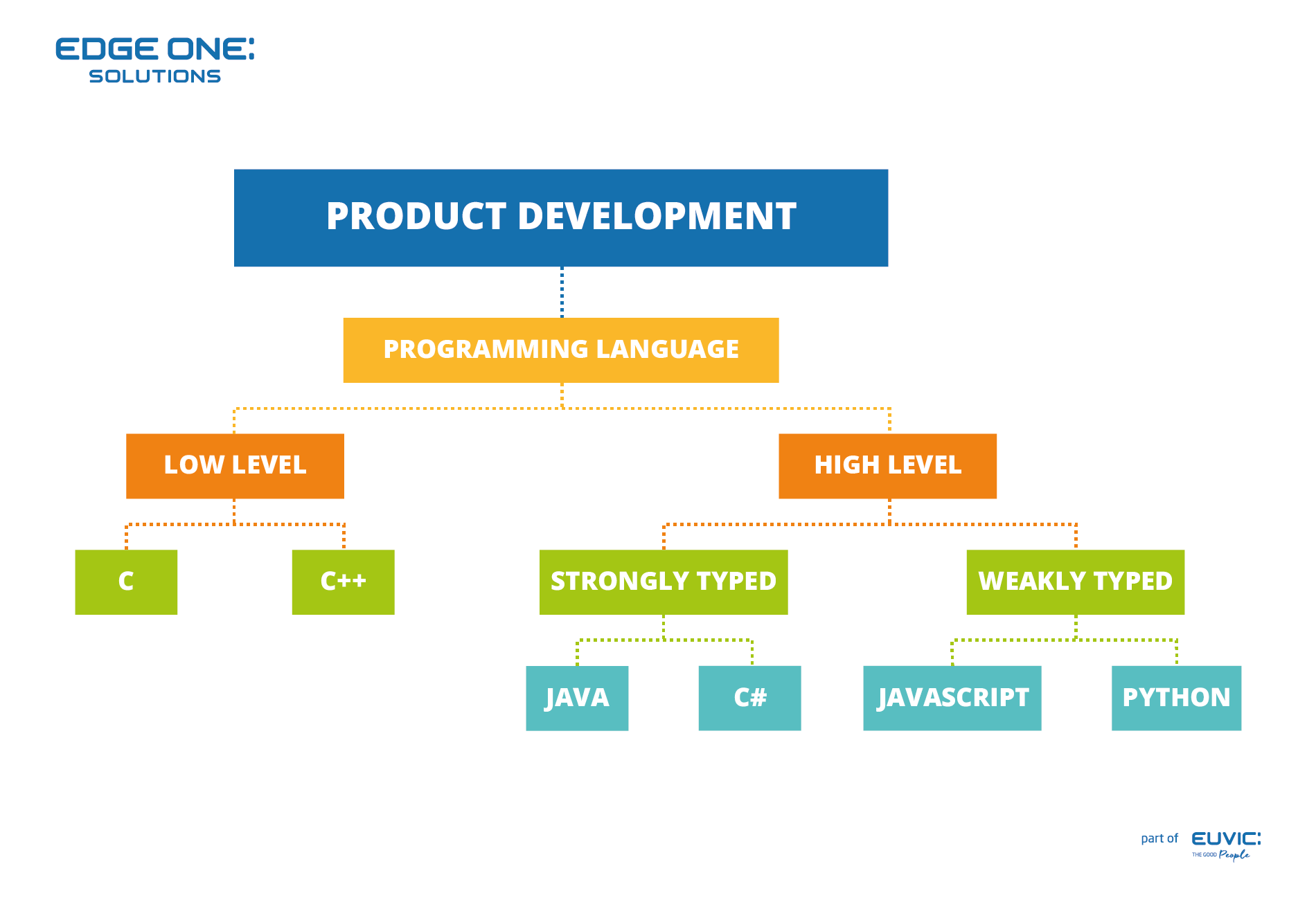
Features of Mind Maps
- Mind Maps can actually be applied to any area of professional and private life;
- Mind Maps do not require any formal protocol or standard practice procedure – the method of presentation is intended to be understandable and legible primarily to the creator;
- It is a valuable tool when designing both fundamental and additional concepts, it can also be a brainstorming tool both during the development process or when looking for potential problem areas in code or high-level application performance;
- Can be used to build a concept from many other ideas / projects;
- Helps generate valuable keywords for code structure or high-level application / project logic.
Historical Background
Mind Maps, however, are not a new invention, nor are they solely associated with users. Their theory is backed by science. The British psychologist Tony Buzan was the first to popularize this approach in the 1960s.
Various historical sources also state that geniuses such as Leonardo da Vinci (not directly confirmed but likely), Isaac Newton, Charles Darwin and many others used this type of methodology in their work. All of these people used this method to learn more efficiently, and to better manage their own tasks (in other words, projects).
Common ways to use Mind Maps:
Application Architecture
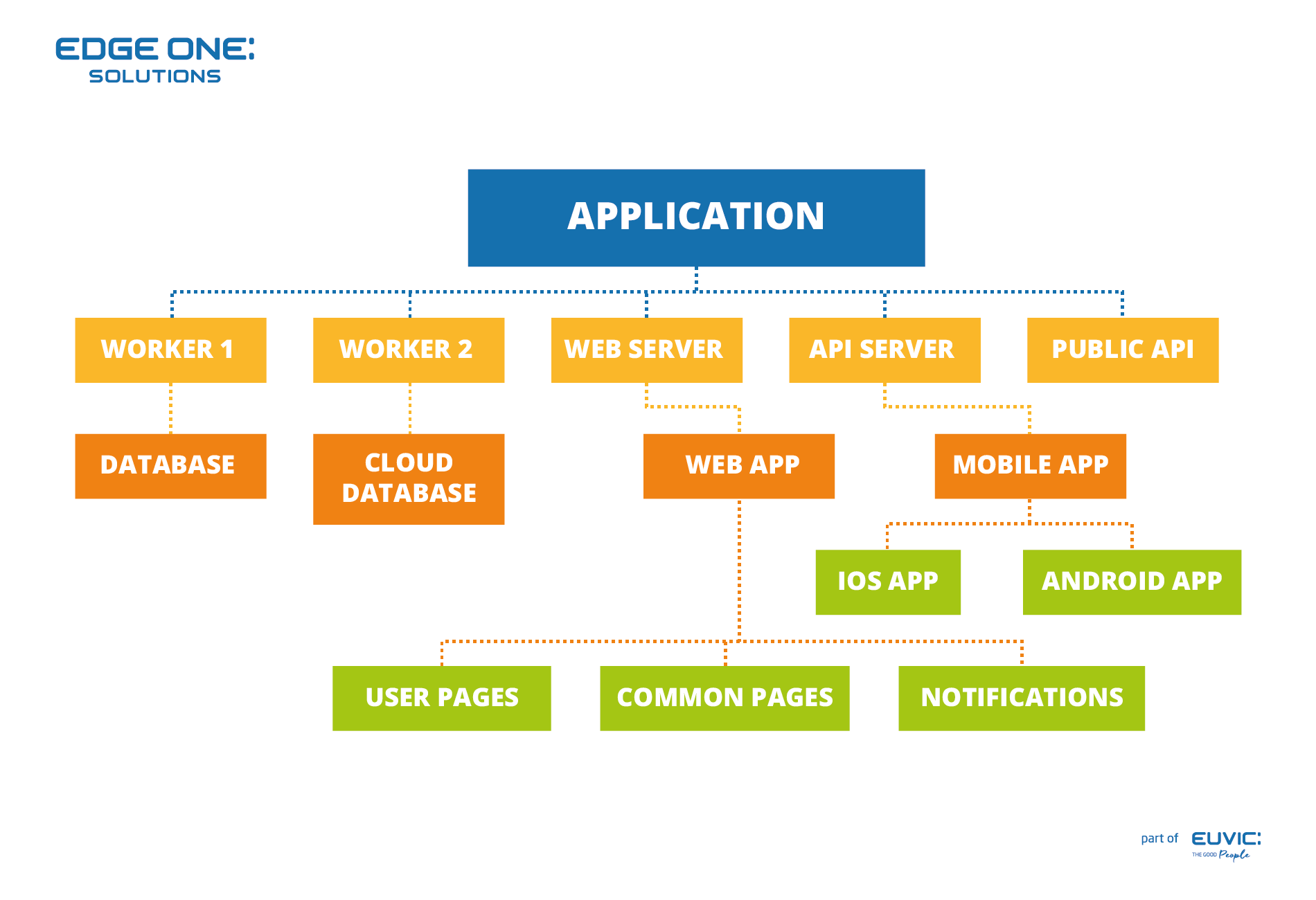
Of course, this is a very simplified conceptual diagram for designing the architecture of an application, but the flexibility of the Mind Map concept allows you to expand the dependency tree further with very specific, deeply nested branches.
Domain Models
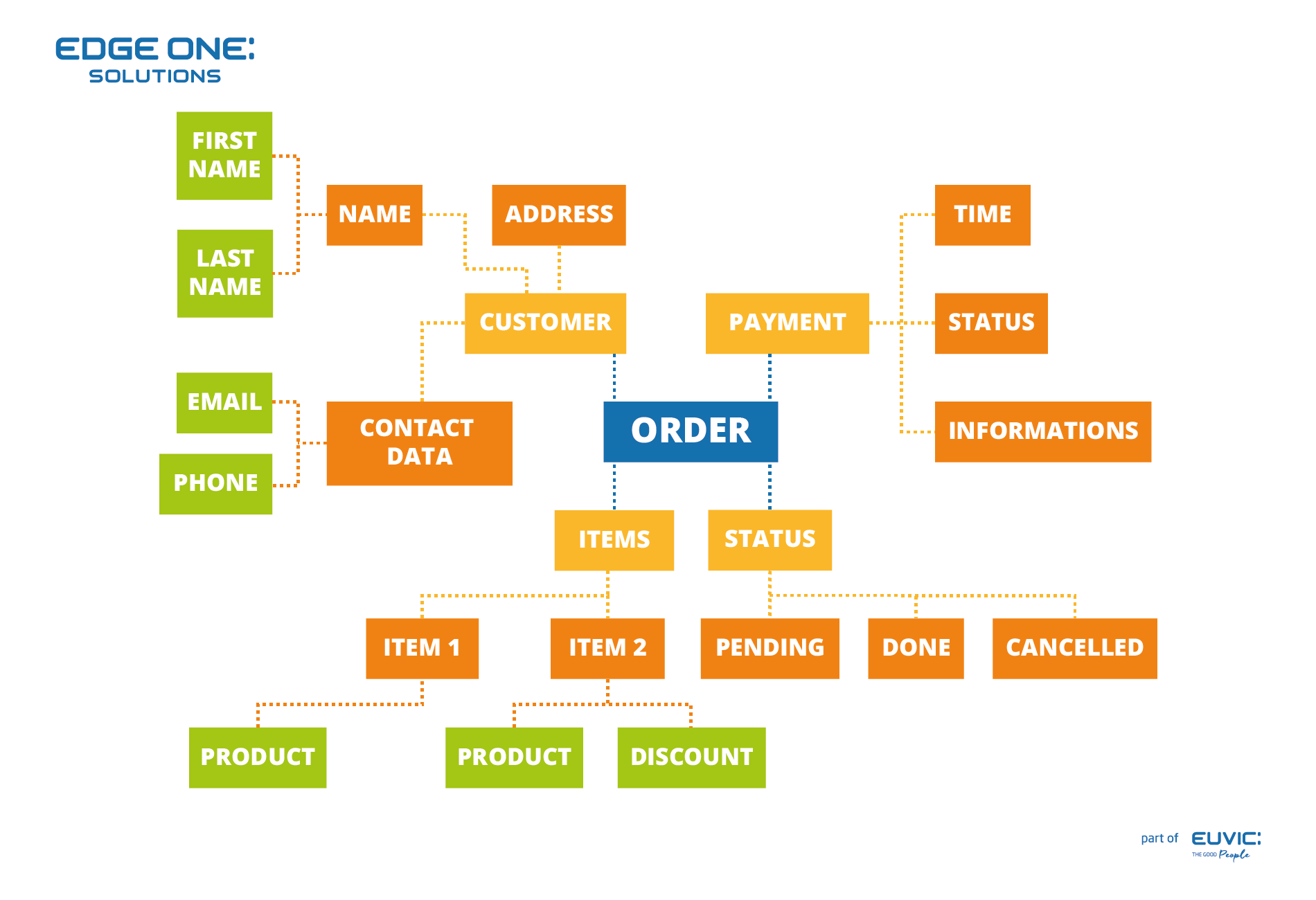
Drawing a part of the data model diagram in a simplified way allows much easier, high-level operations on the data and its instances.
Understanding Code
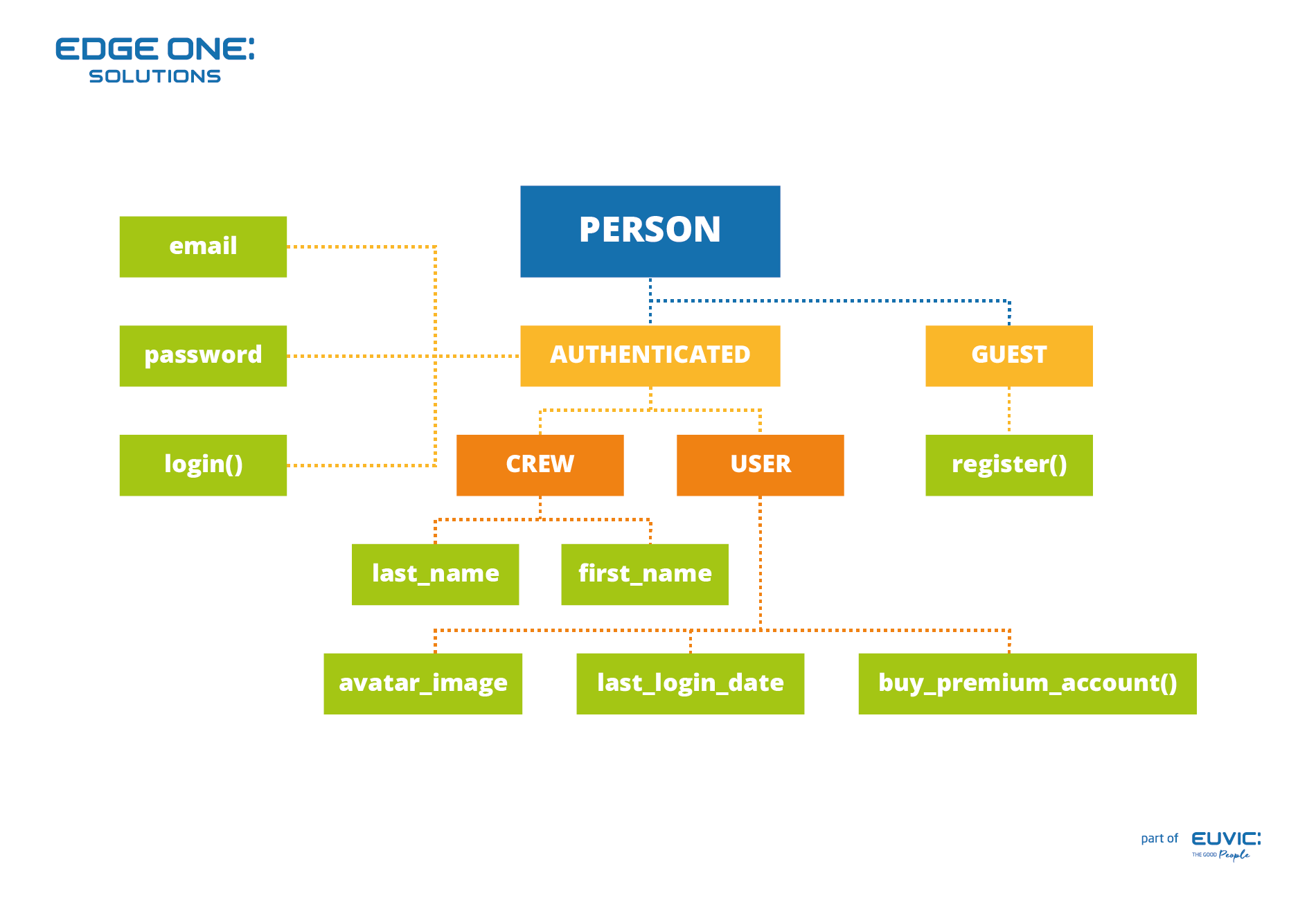
Visual presentation of Models and their dependencies enables better understanding of even complex inheritance trees, simplifying the process of debugging or creating and implementing additional functionalities
In addition, this way of writing things down simplifies, for example:
- Definitions of higher-level Functions and Components, so that you don’t have to reinvent the wheel;
- Taking care of the Model integrity and absence of side effects when extending them with child classes;
- The declarative style greatly increases the readability and conciseness of the code created later;
- Allows you to focus on writing software in a certain self-imposed way, preventing you from making trivial mistakes, which are often made when improvising.
Sitemaps
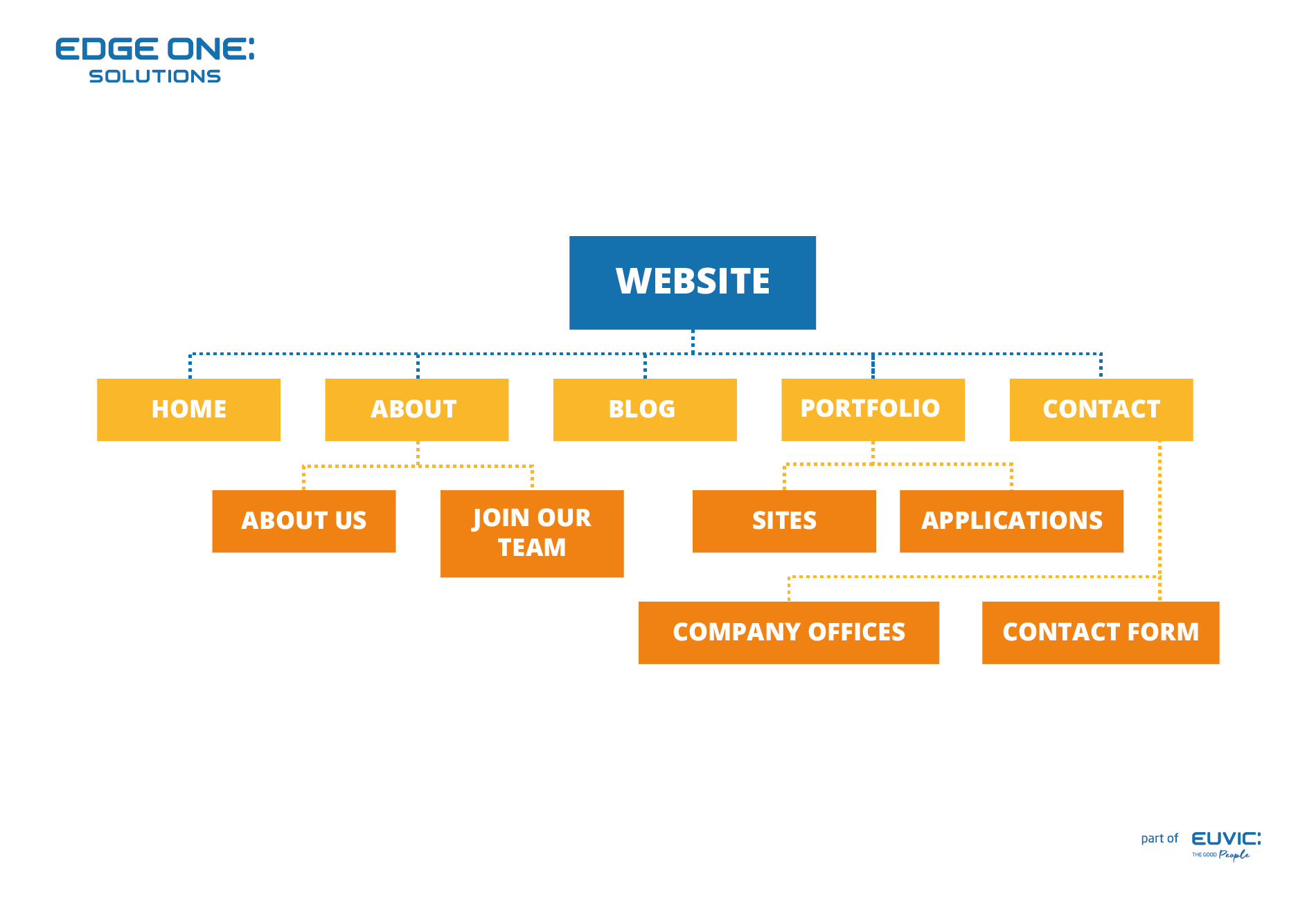
Classic sitemaps are Mind Maps with a specific structure.
Task List Management
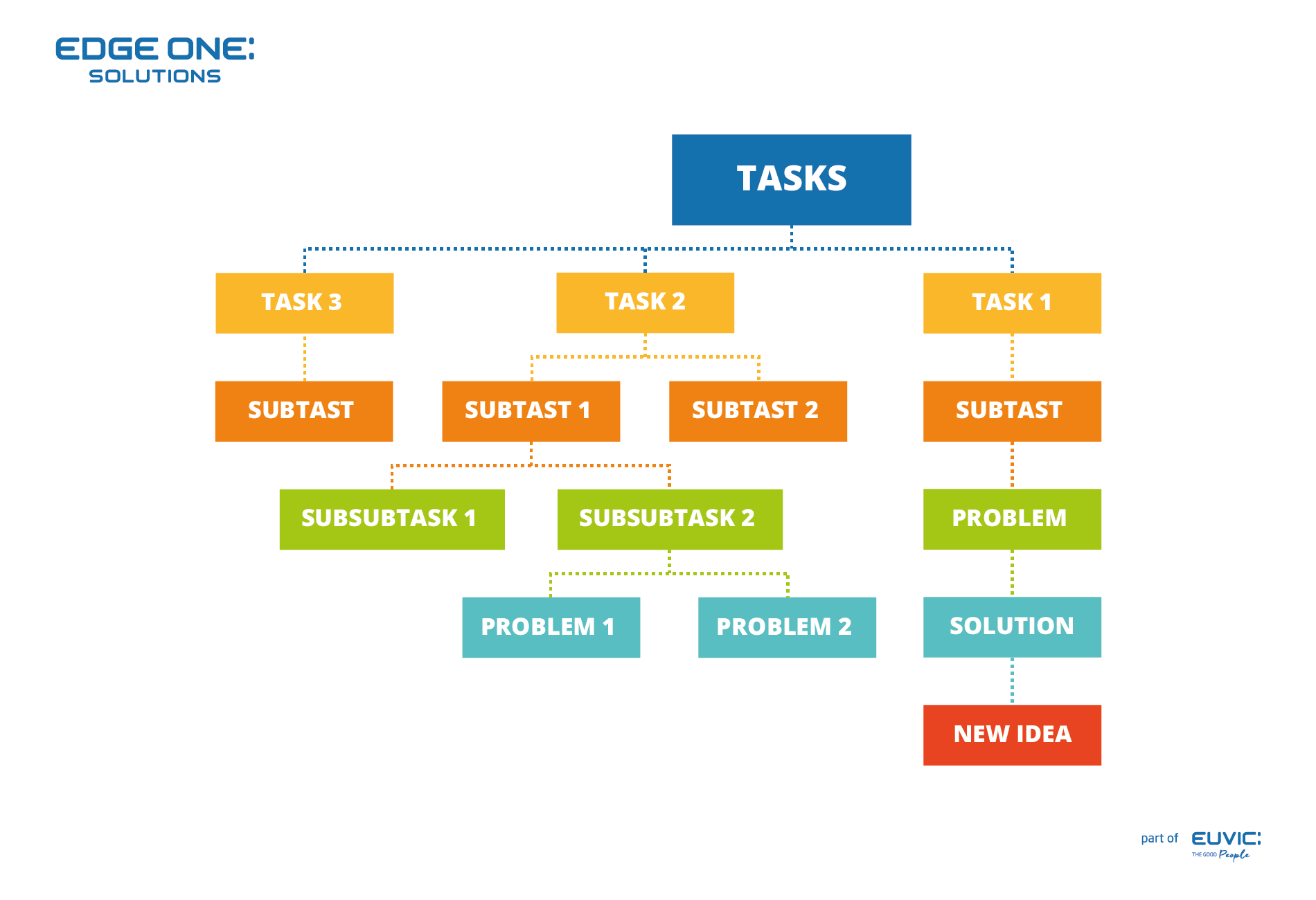
Each list of tasks, whether related to work or daily routines, can be presented in the form of a Mind Map, helping you to better manage your thought processes and the time needed to complete them.
Notes from meetings, trainings, etc. …
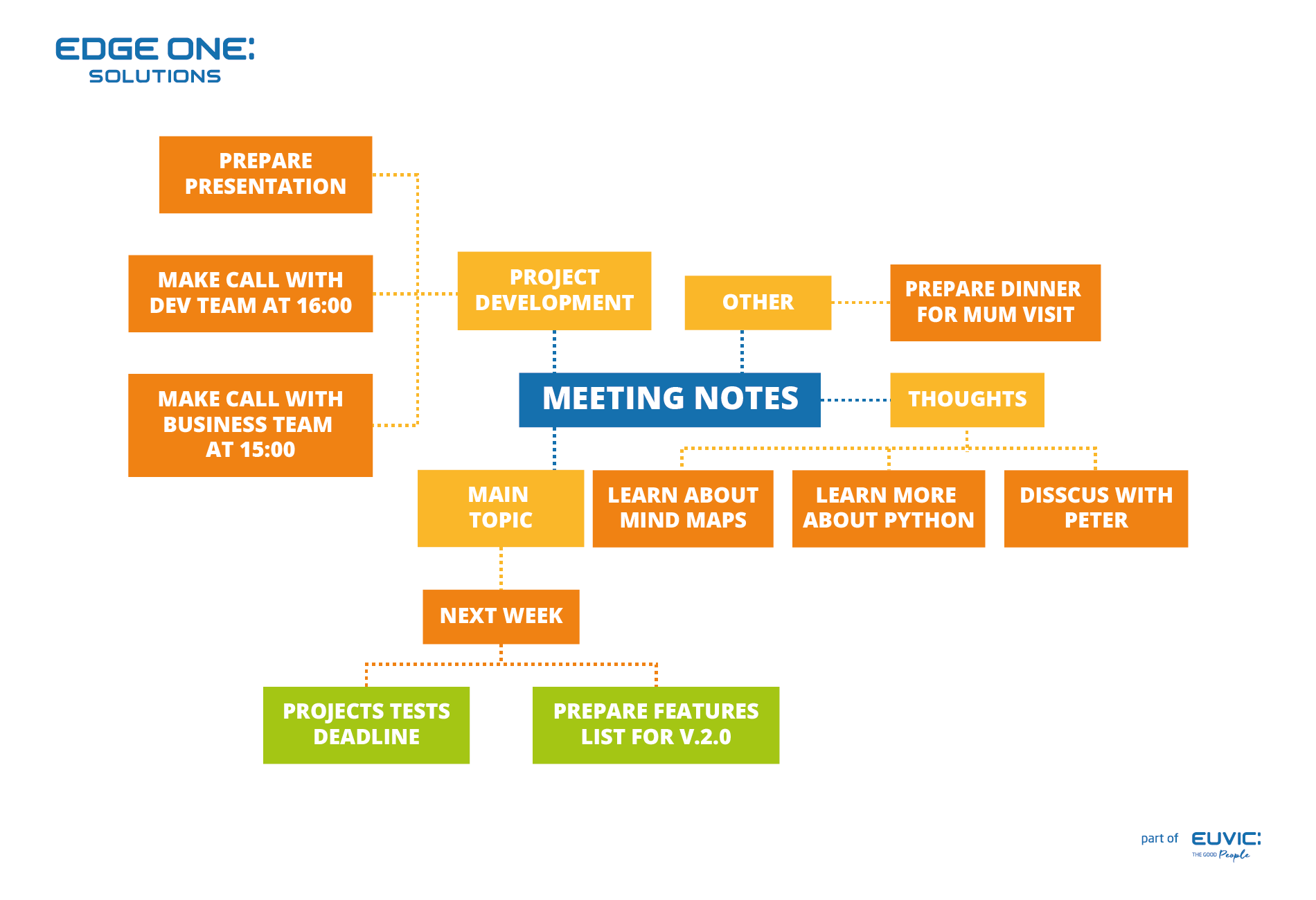
Anything that can be described with thoughts
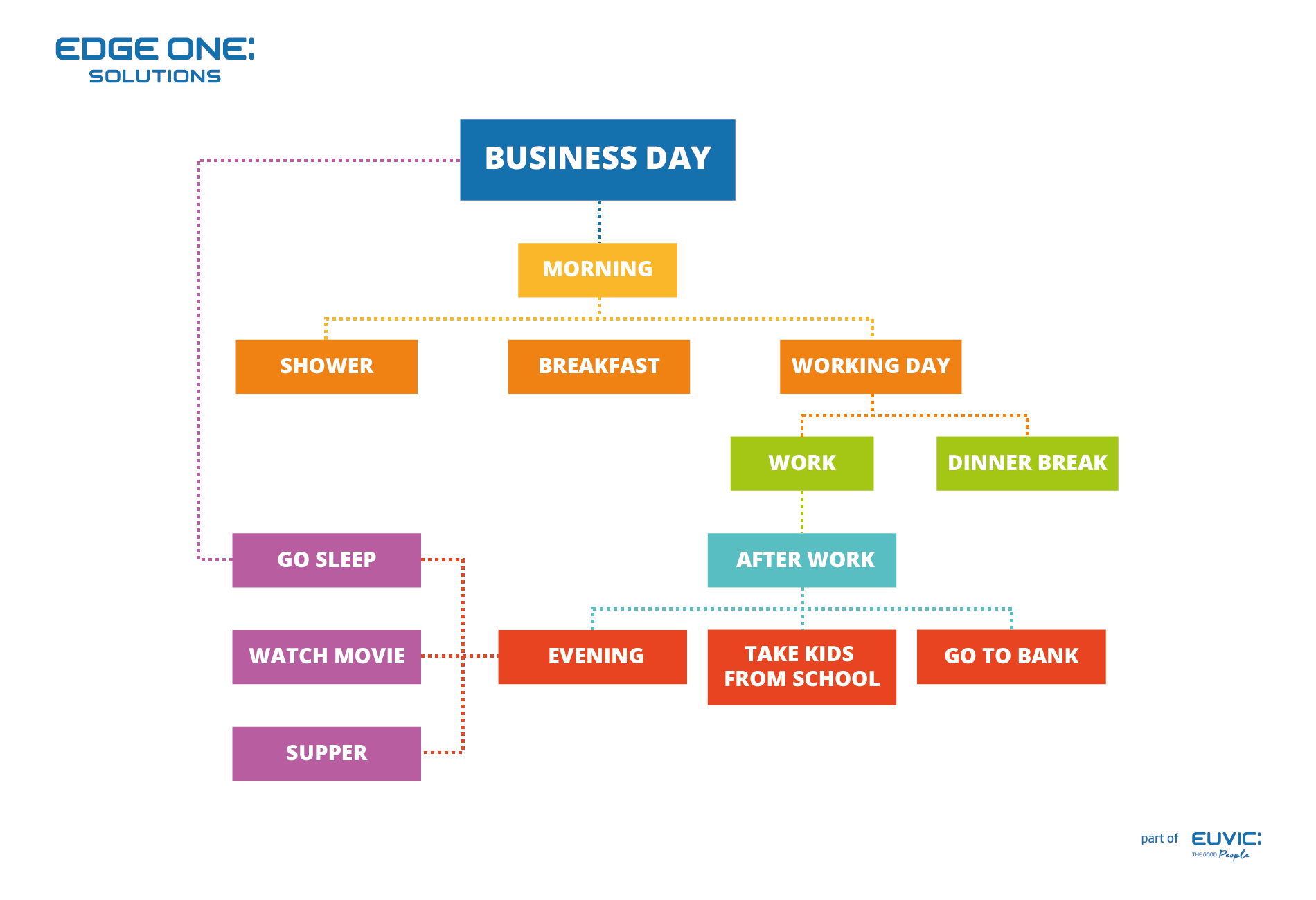
Visual presentation of a simple plan of the day.
Mind Maps are also widely used in testing environments. They can be used to perfectly plan the testing process itself and cover the vast majority of functionalities that need to be checked. They also facilitate writing of individual scenarios, and thanks to graphical presentation they can be understood also by people from outside a specific team or department of the organization.
You can learn more about using Mind Mapping in testing environments here:
https://searchsoftwarequality.techtarget.com/tip/How-to-use-mind-maps-for-software-testing
https://www.ministryoftesting.com/dojo/lessons/mind-maps-made-easy
Mind Maps make it possible to significantly improve project work, both on the individual level and for entire teams or even companies.
On the one hand, when we have created in our head the plan of work that needs to be done, the process of writing code will be like building with Lego blocks while following instructions (it has been proven that the process of making notes at school helps student learn), on the other hand our thought process will be easier to understand for others, who perhaps think in a different way.
Easier management of thought processes significantly reduces stress, shortens the time needed to implement solutions and eliminates most potential problems and bugs already at the design stage. Together with easier perception and understanding of issues by other team members, using this methodology can greatly improve implementation work. It’s a very good way to increase your own productivity and reduce the amount of anxiety caused by potential problems with the software you’re developing.
Useful tools:
Bubbl.us – https://bubbl.us/ – simple, easy to use interface
Miro – https://miro.com/ – a very large, powerful tool with lots of integration options
Xmind – https://www.xmind.net/ – multiplatform tool, for PC / Android / iOS environments
EdrawMind – https://www.edrawsoft.com/edrawmind/ – according to many rankings the best tool for business and education
LucidiaChart – https://www.lucidchart.com/ – many predefined templates for data models, UMLi and Mind Map


